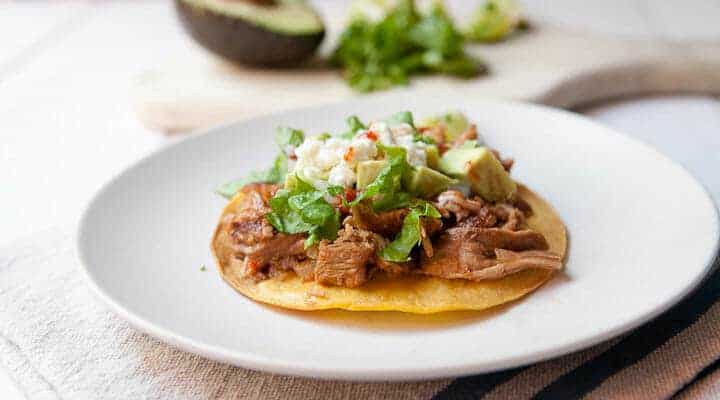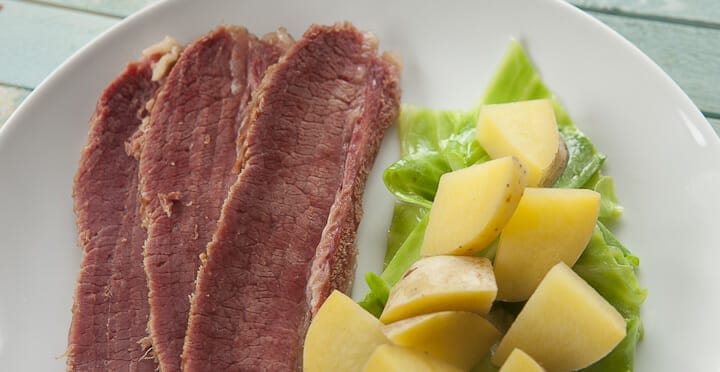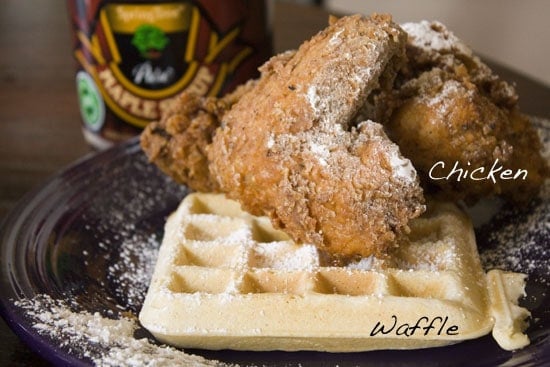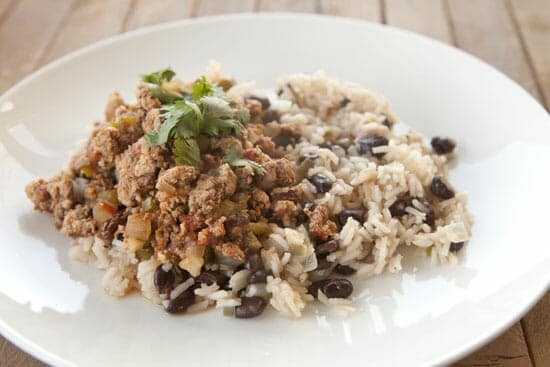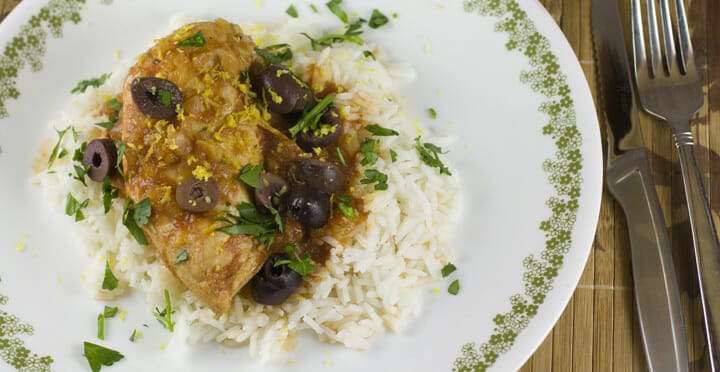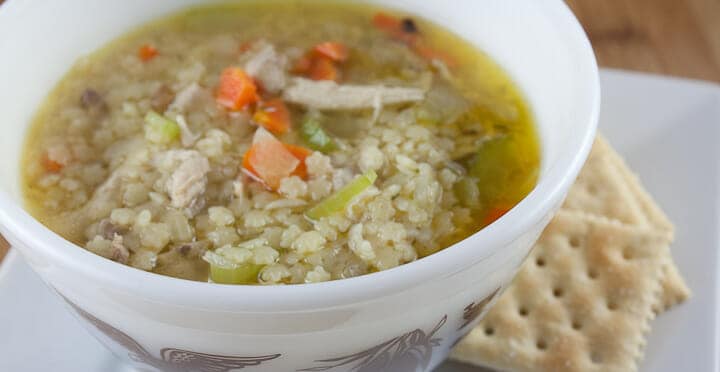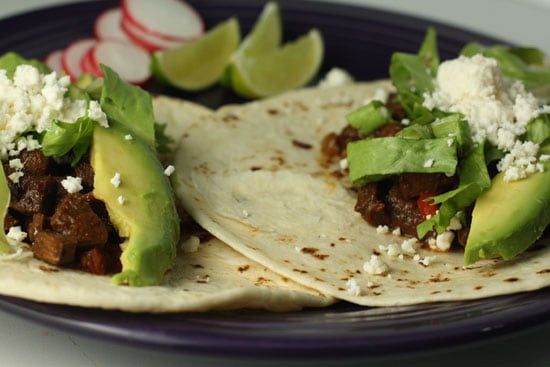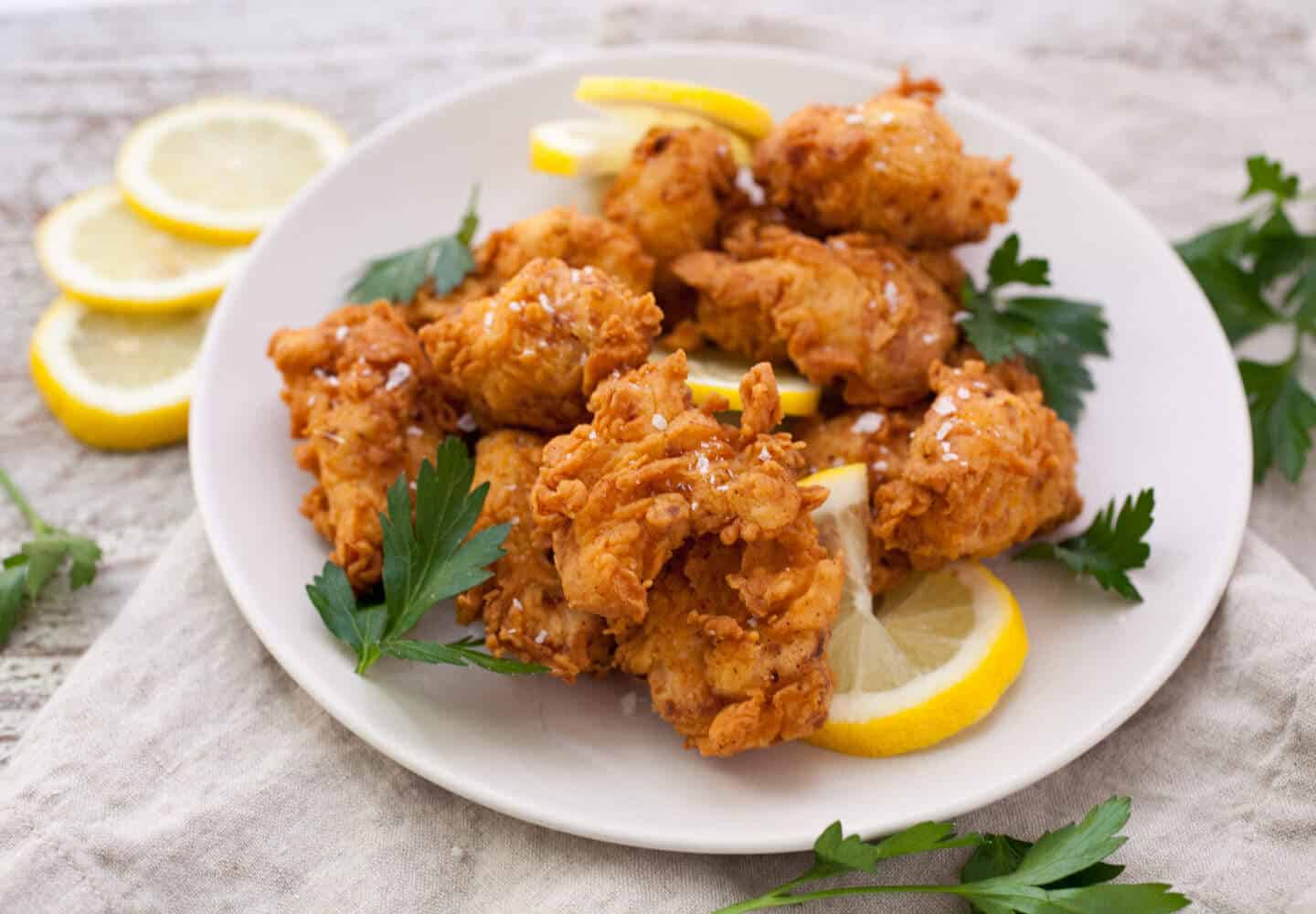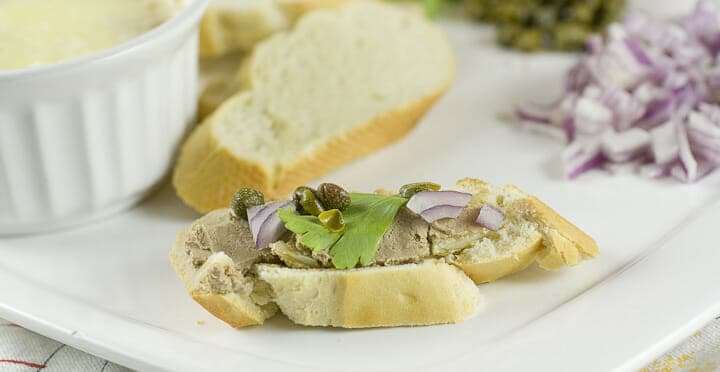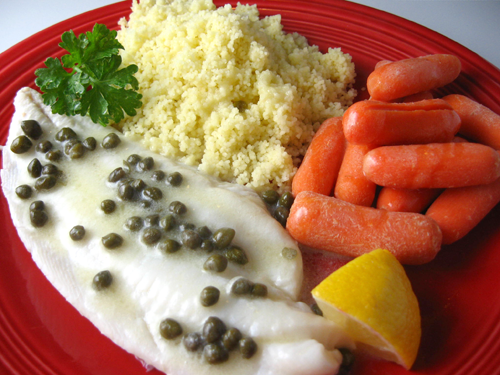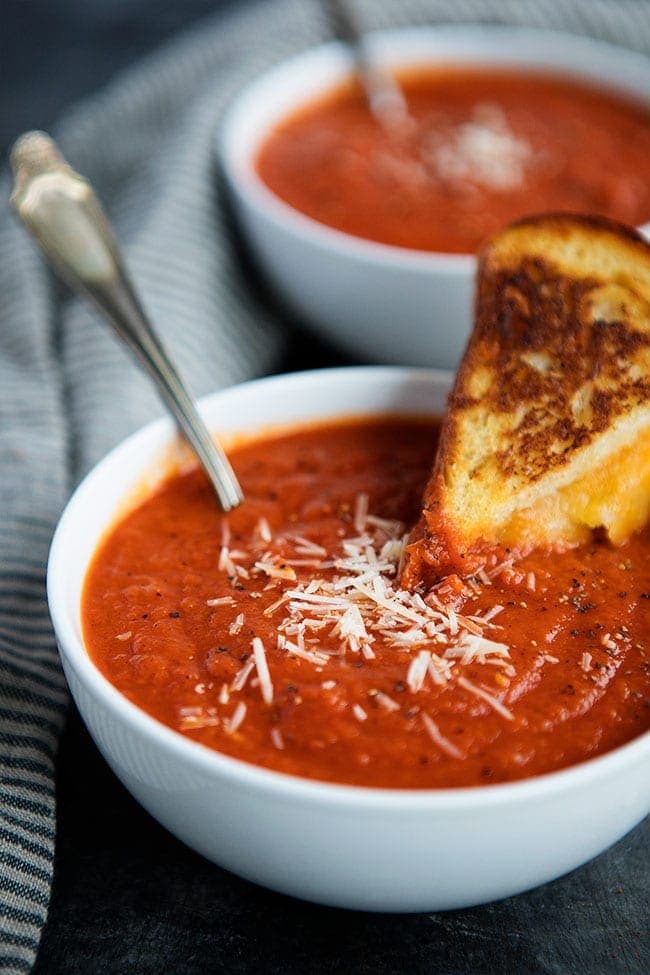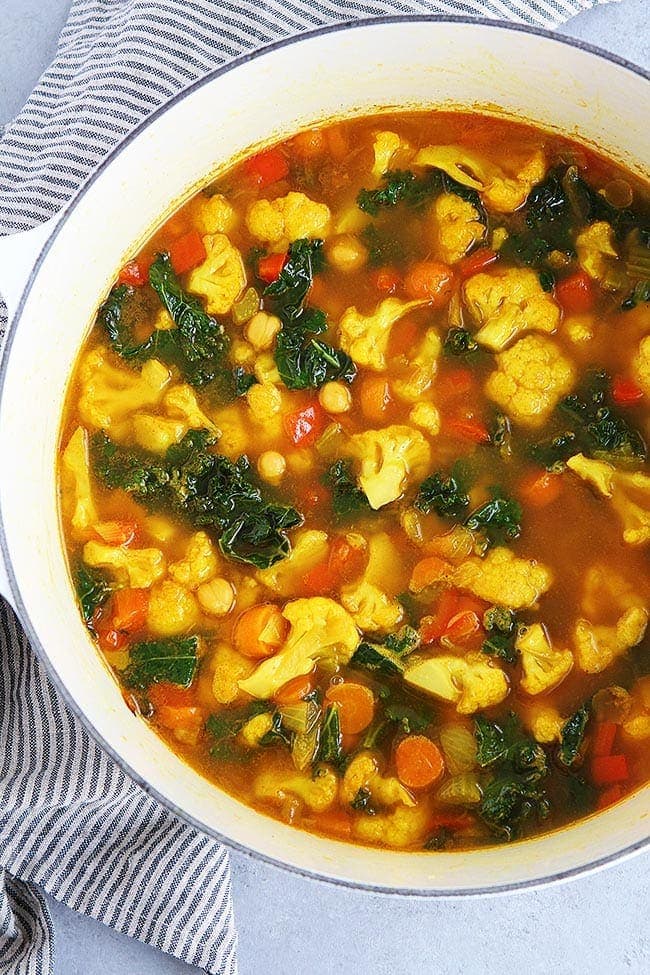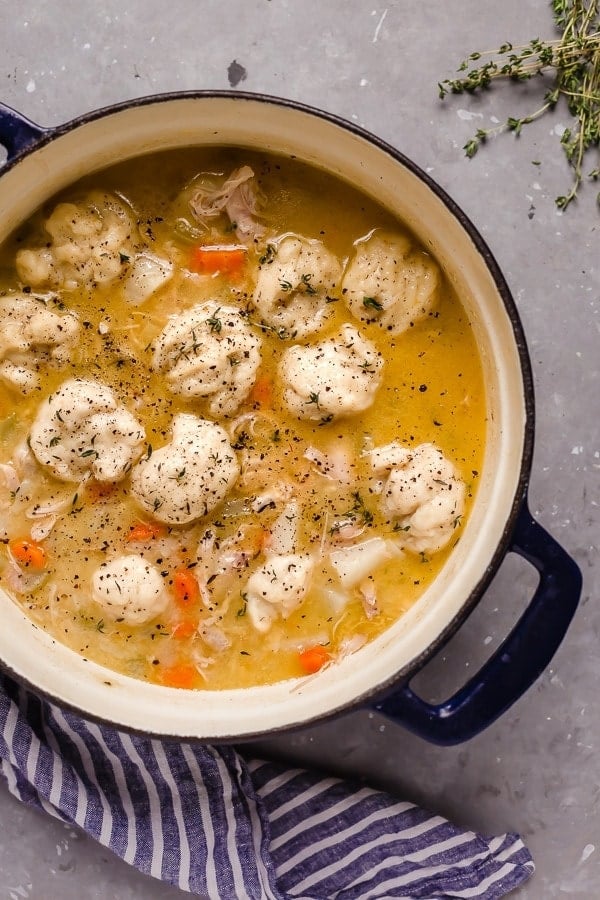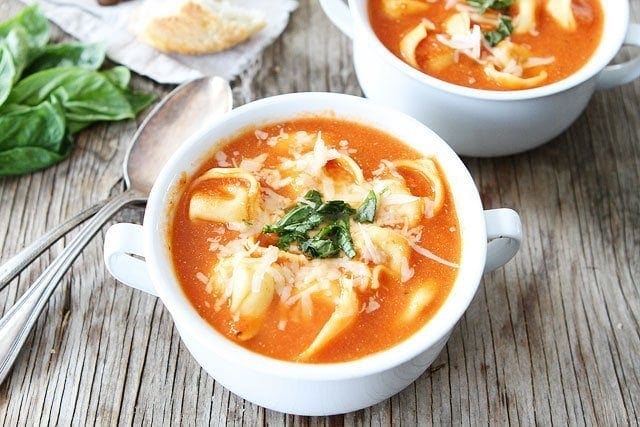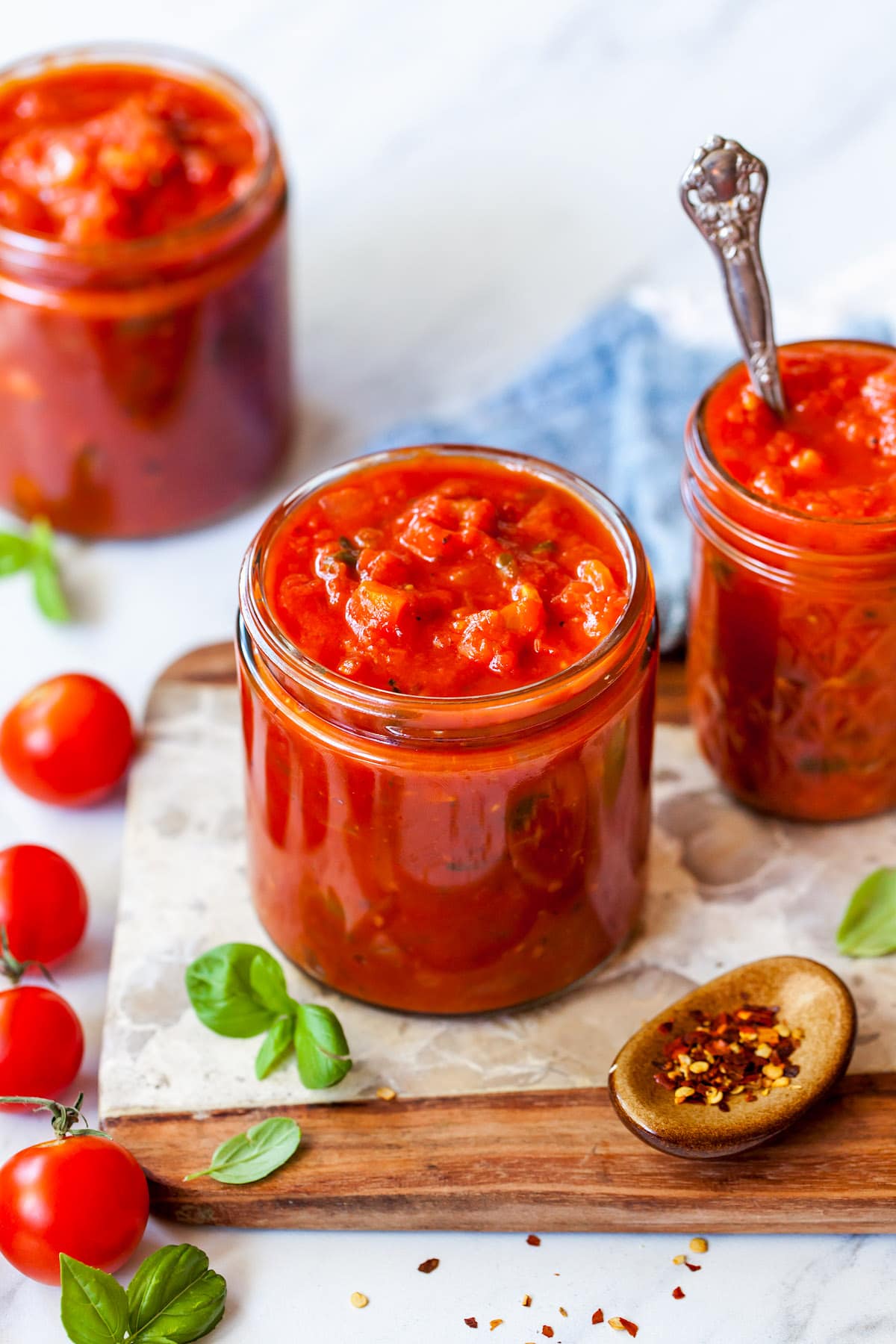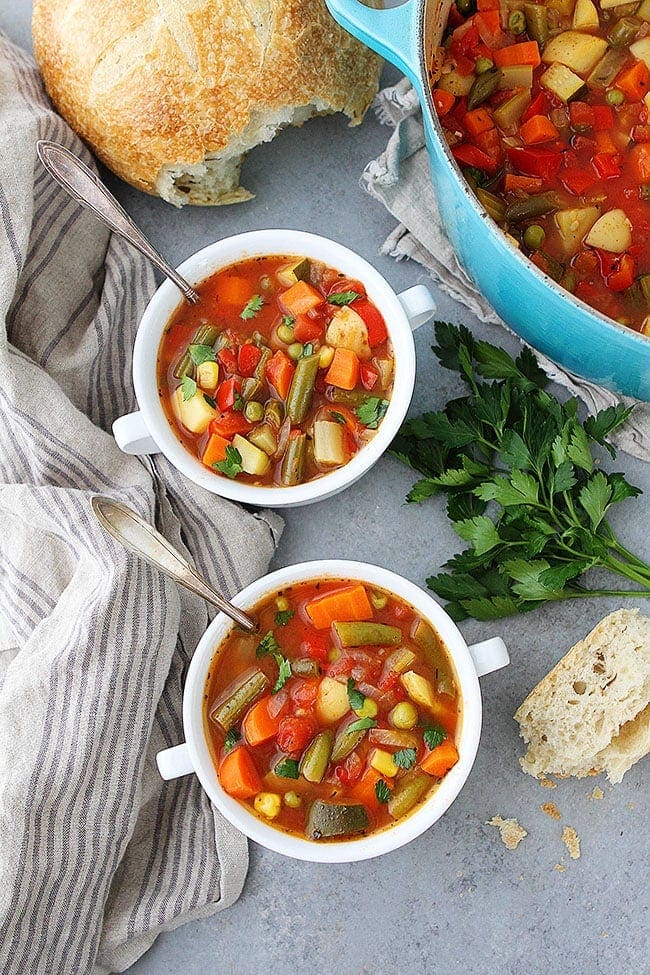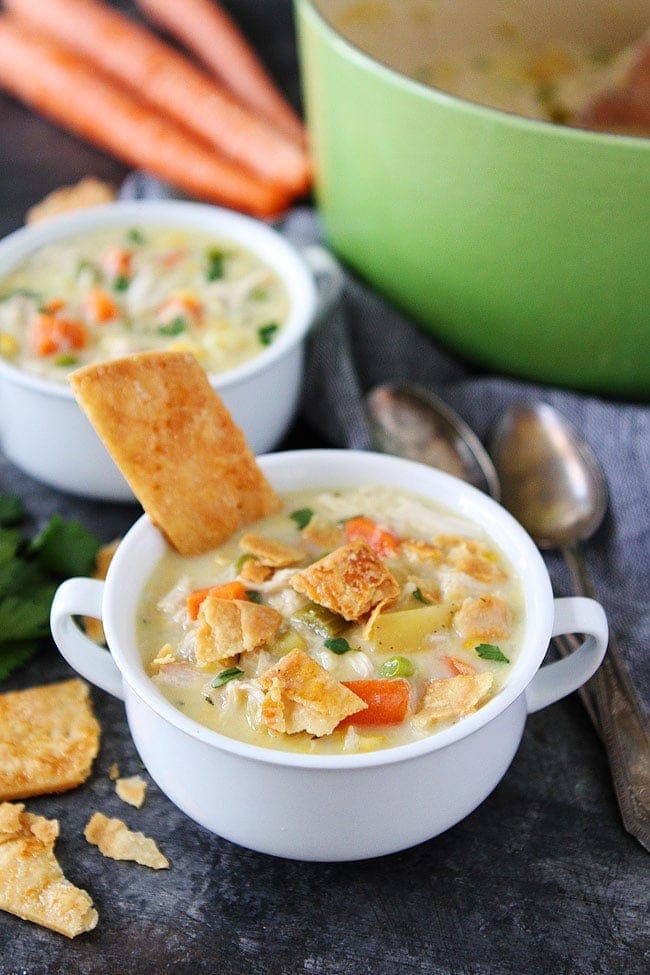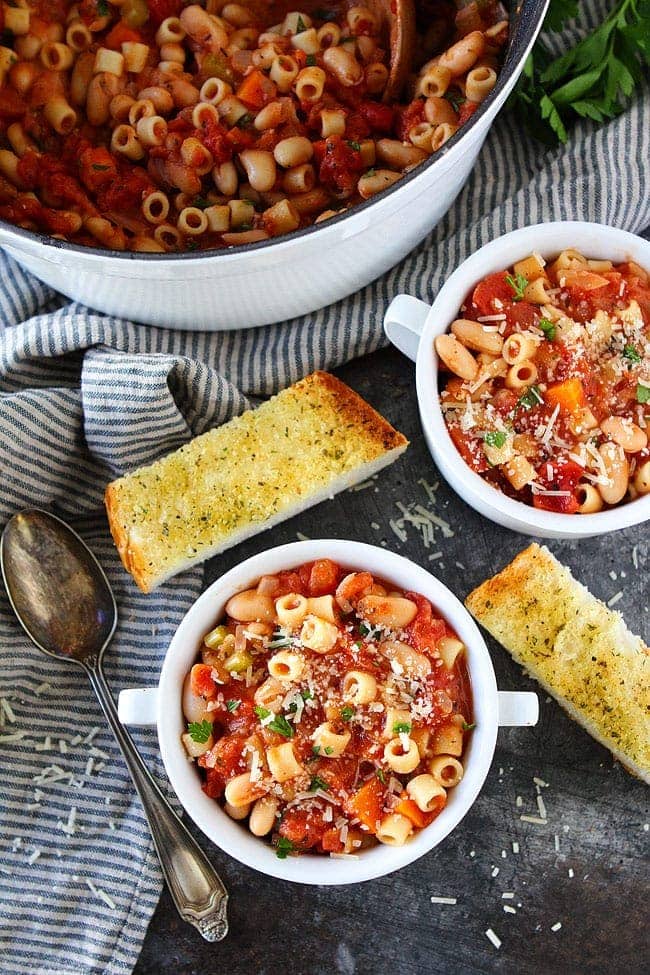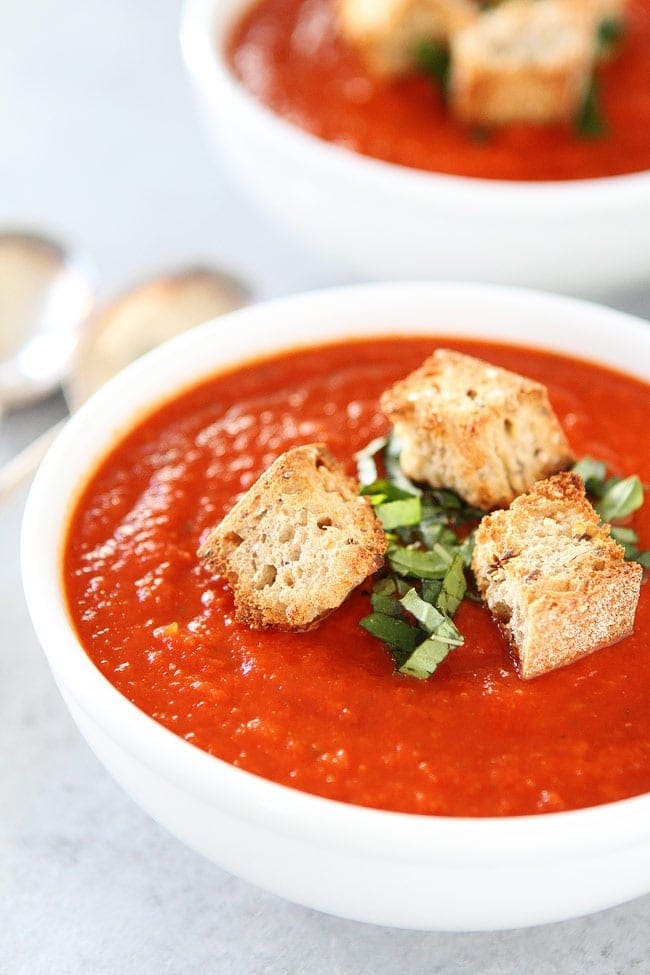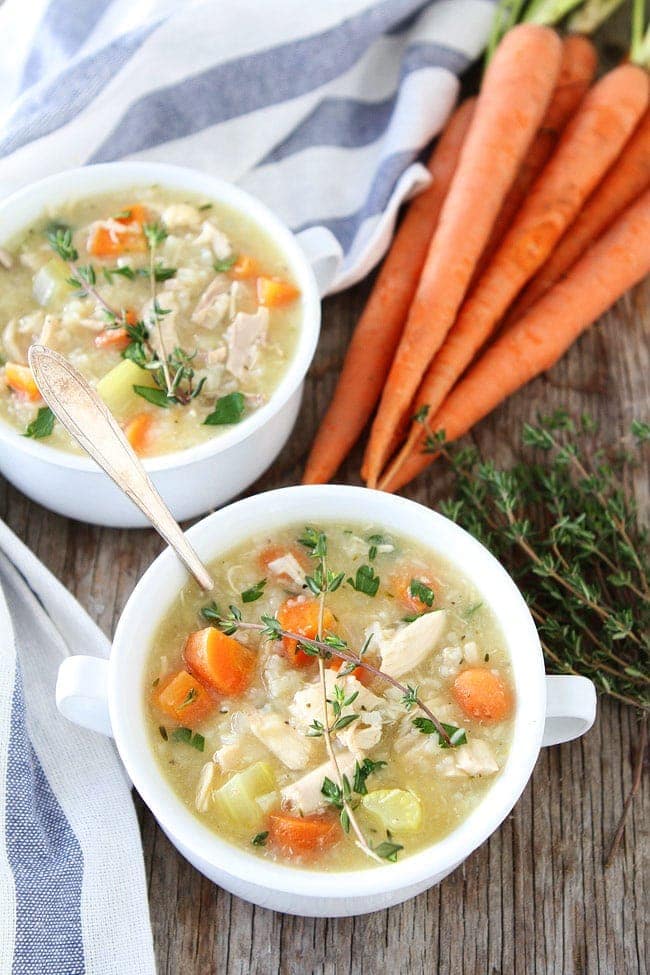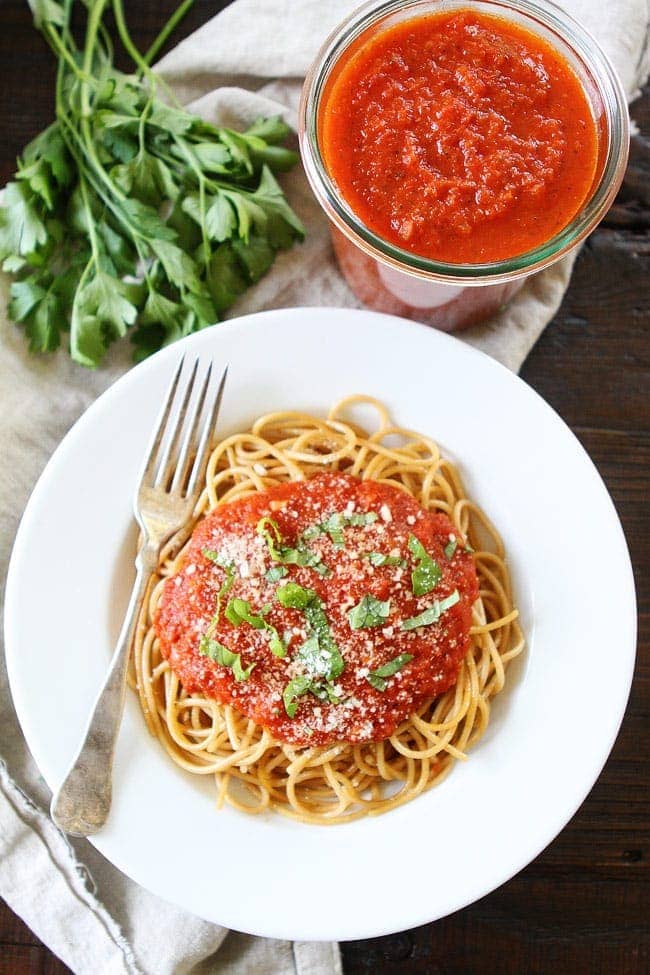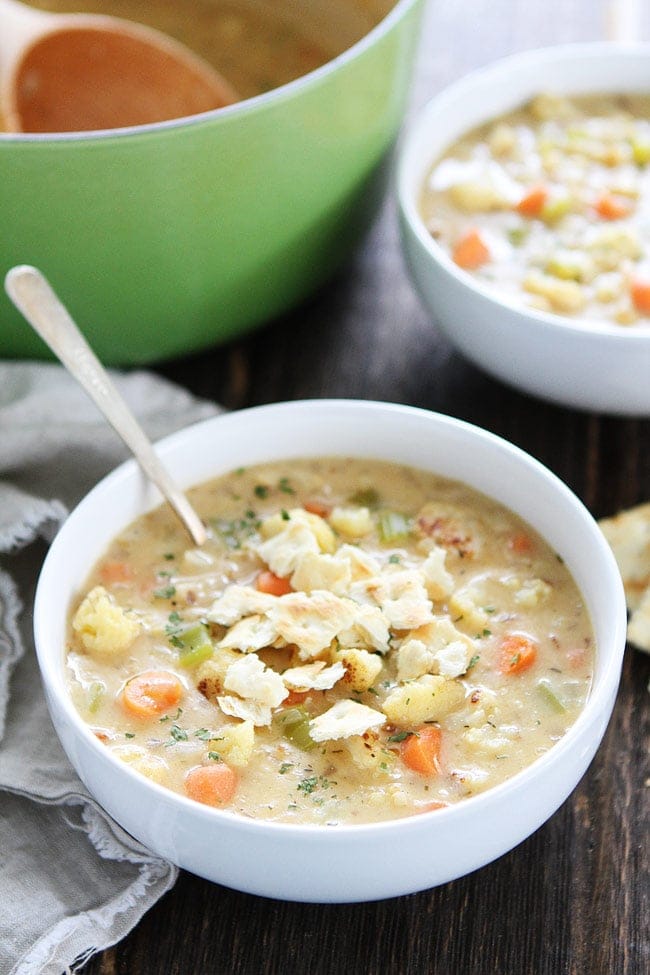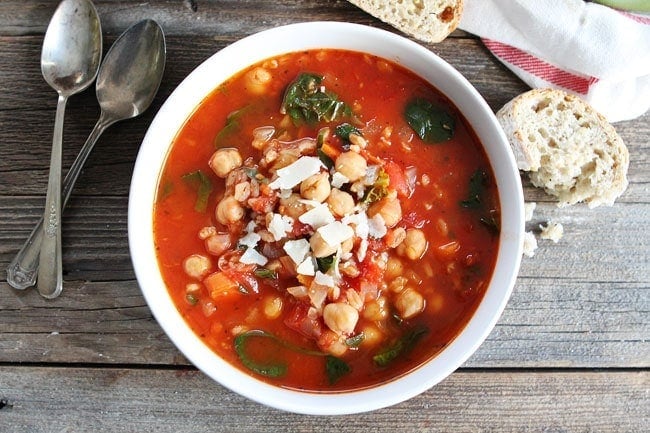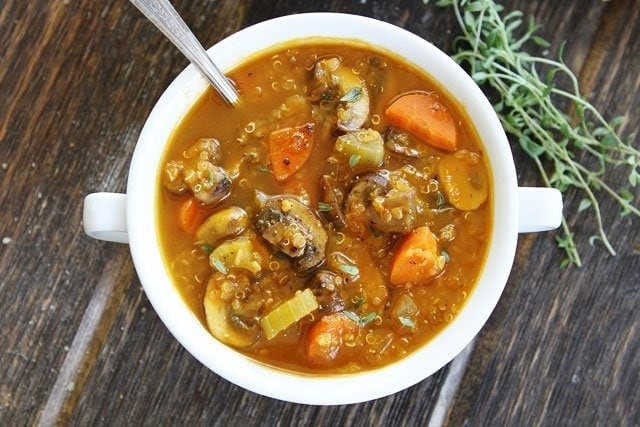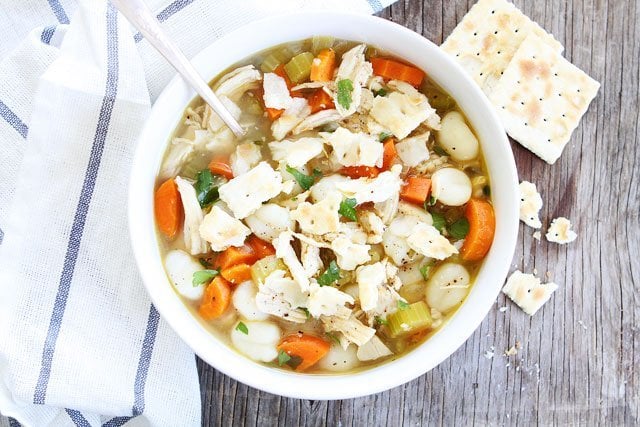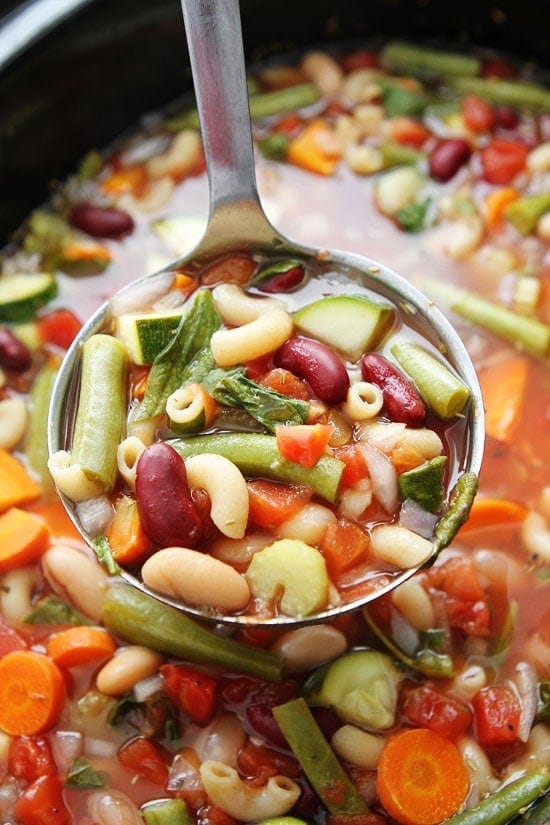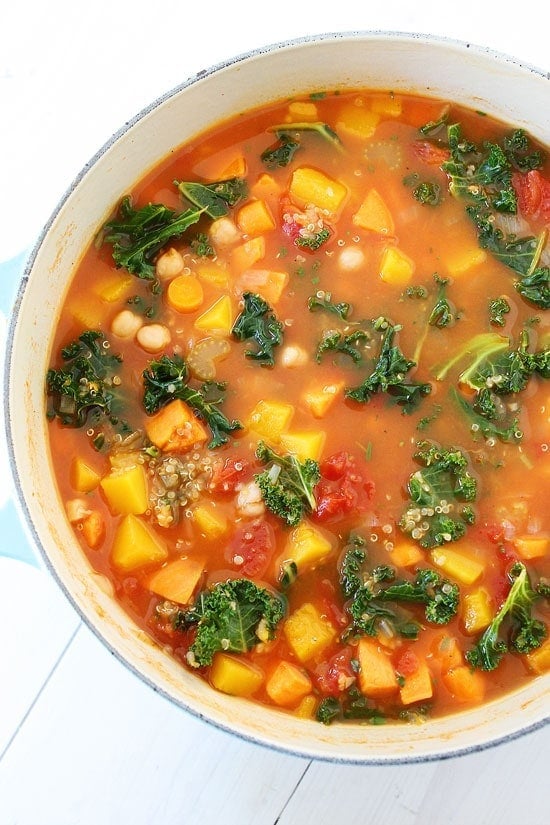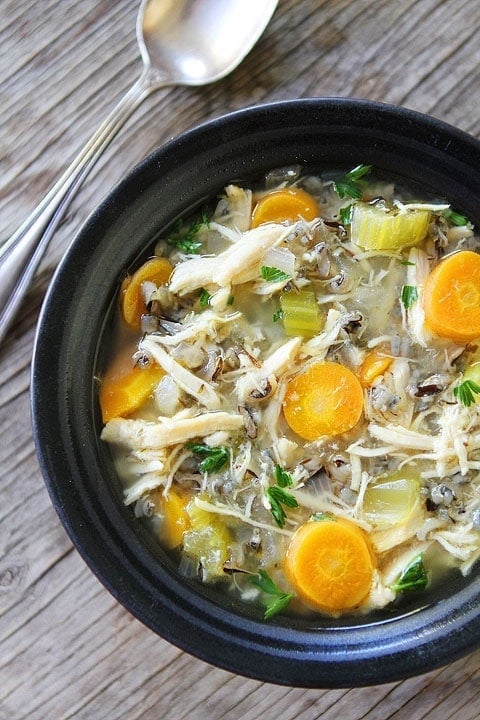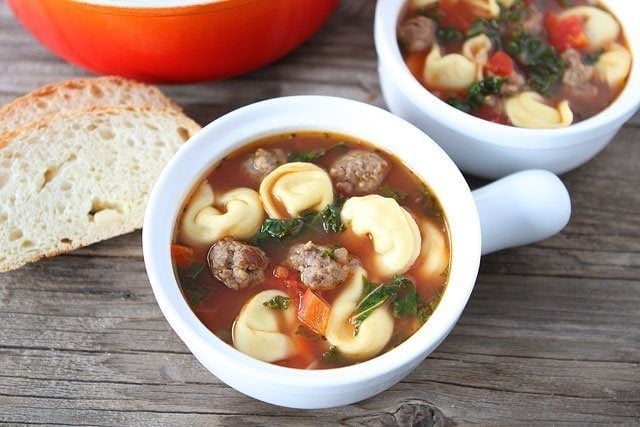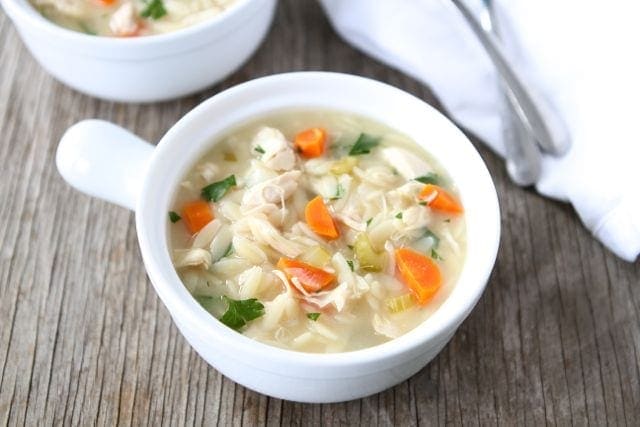Bay Leaf: Important Facts, Health Benefits, and Recipes
Explore the health benefits of bay leaves, including antibacterial properties, blood sugar control, and stress reduction, along with their culinary uses and storage tips.
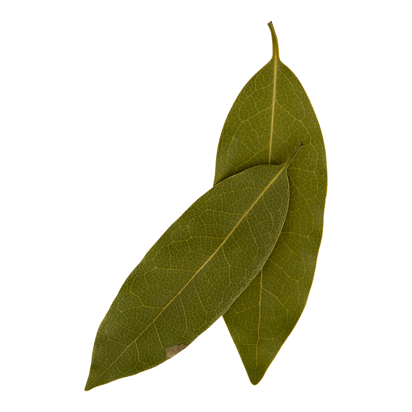
Nutritional Facts
1 leaf dried
Amount per serving
Calories
0.6
Carbohydrates
0.1 g
Fat
0 g
Protein
0 g
Saturated Fat
0 g
Sodium
0 mg
Fiber
0.1 g
Best Bay Leaf Recipes
-
:max_bytes(150000):strip_icc()/bay-leaf-tea-2137805-Hero_01-bcc0efa5d0844f7e9c9ea50c684bc1dc.jpg)
-
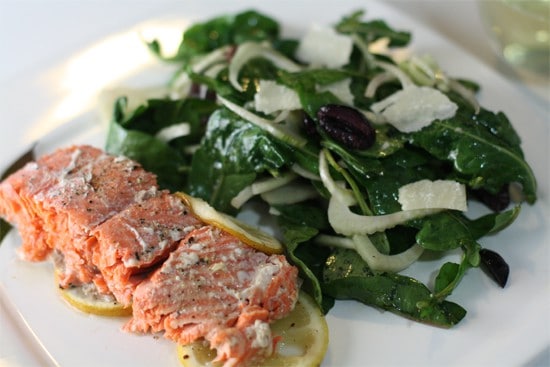
-
:max_bytes(150000):strip_icc()/EML_9372-stockpot-58a708f43df78c345b66dd96.jpg)
-
:max_bytes(150000):strip_icc()/__opt__aboutcom__coeus__resources__content_migration__simply_recipes__uploads__2012__01__vegetable-stock-horiz-a-1800-2204509c631545afab337cca8378e4b3.jpg)
-
:max_bytes(150000):strip_icc()/easy-and-hearty-vegetable-soup-99538-hero-01-1d3b936ff03144af95ddca7640259c11.jpg)
-
:max_bytes(150000):strip_icc()/frijoles-negros-black-beans-3377822-hero-01-14348c5408da44c29195413a4c8a6143.jpg)
-
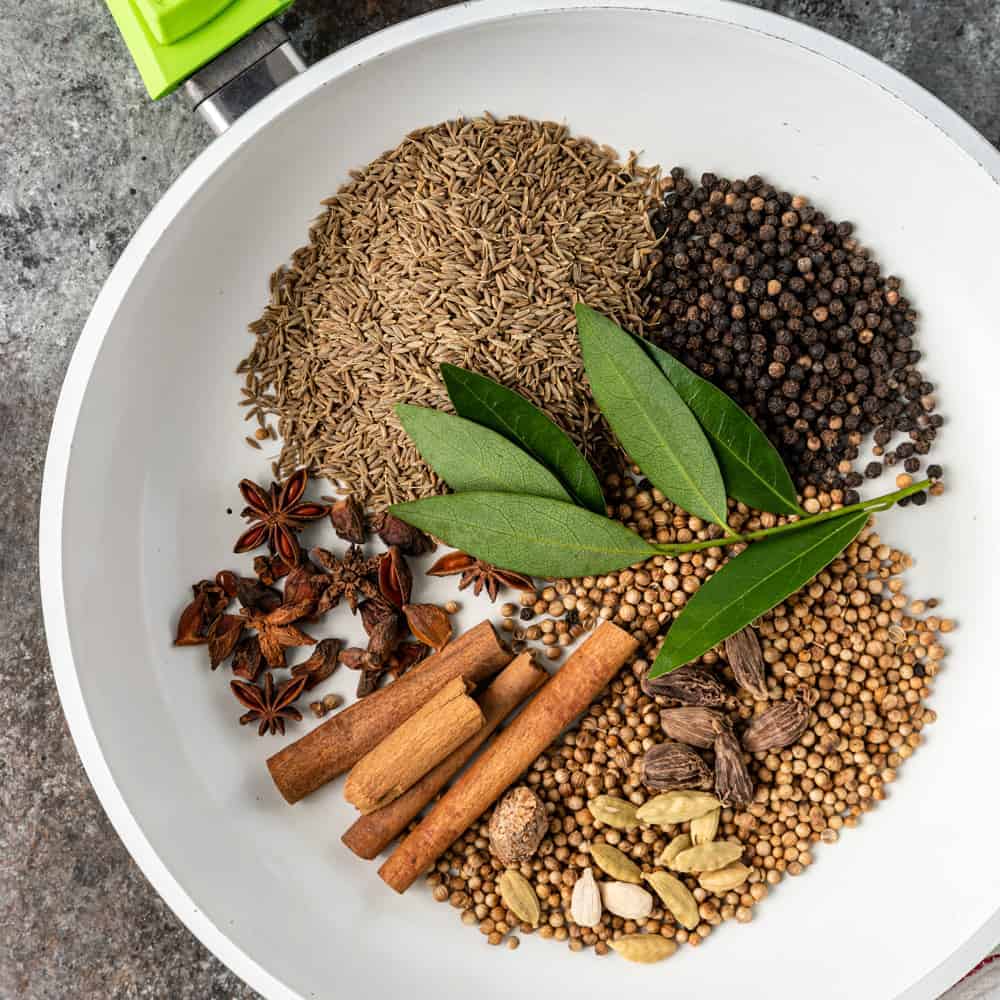
-
:max_bytes(150000):strip_icc()/caribbean-beef-stew-carne-guisada-2138022-hero-01-1-155214f5da854072a4f69d14c8748854.jpg)
-
![Beef Stew Image]()
-
![Italian Beef Stew with Peas Image]()
-
![Lamb Stew from 'Stewed' Image]()
-
![Chicken and Andouille Sausage Stew Image]()
-
![Soya Biryani Image]()
-
![Spicy Lentil Stew Image]()
-
![Chicken and Lentil Stew With Tomatoes and Onions Recipe Image]()
-
![Pork Tinga Tostadas Image]()
-
![Homemade Corned Beef Image]()
-
![Chicken and Waffles Image]()
-
![Cuban Picadillo Image]()
-
![Grilled Choripan Image]()
-
![Slow-Cooker Chicken Provencal Image]()
-
![Chicken and Stars Soup Image]()
-
![Pulled Chicken Empanadas Image]()
-
![Lengua Tacos Image]()
-
![Ad Hoc Chicken Nuggets Image]()
-
![Chicken Liver Pate Image]()
-
![Simple Poached Sole Image]()
-
![Smoky Tomato Soup Image]()
-
![Turmeric Chickpea Vegetable Soup Image]()
-
![Chicken and Dumplings Image]()
-
![Creamy Tomato Tortellini Soup Image]()
-
![Easy Marinara Sauce Image]()
-
![Vegetable Soup Image]()
-
![Chicken Pot Pie Soup Image]()
-
![Pasta Fagioli Image]()
-
![Roasted Red Pepper Tomato Soup Image]()
-
![Easy Chicken and Rice Soup Recipe Image]()
-
![Slow Cooker Marinara Sauce Image]()
-
![Creamy Roasted Cauliflower Chowder Image]()
-
![Chickpea Farro Soup Image]()
-
![Mushroom Quinoa Soup Image]()
-
![Chicken Gnocchi Soup Image]()
-
![Slow Cooker Minestrone Soup Image]()
-
![Fall Vegetable Quinoa Soup Image]()
-
![Slow Cooker Chicken and Wild Rice Soup Image]()
-
![Italian Sausage Tortellini Soup Image]()
-
![Creamy Tomato Orzo Soup Image]()
-
![Lemon Chicken Orzo Soup Image]()


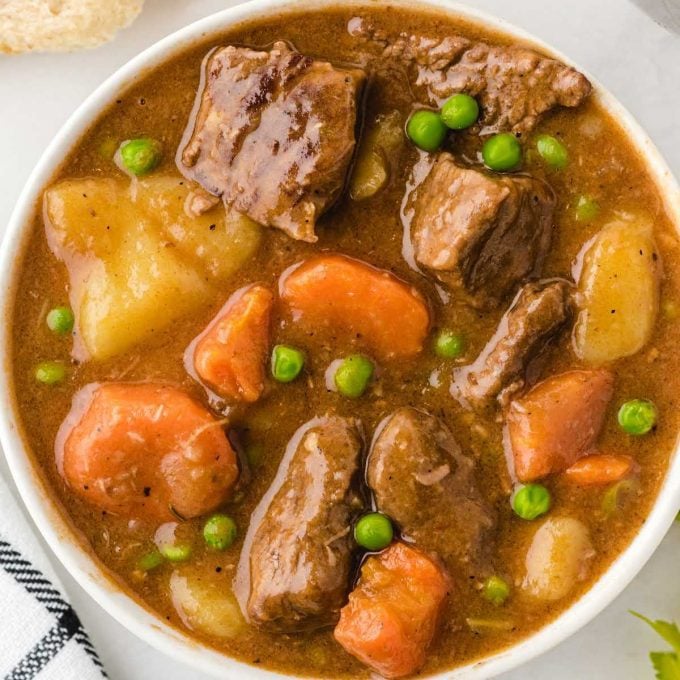
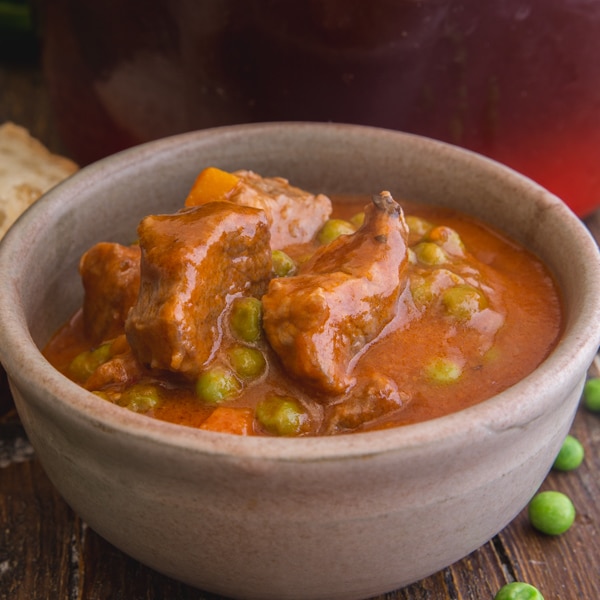
:max_bytes(150000):strip_icc()/__opt__aboutcom__coeus__resources__content_migration__serious_eats__seriouseats.com__recipes__images__2013__01__20130125-237472-cook-the-book-lamb-stew-3a69de8fab3e44a5a4502c60ae300631.jpg)

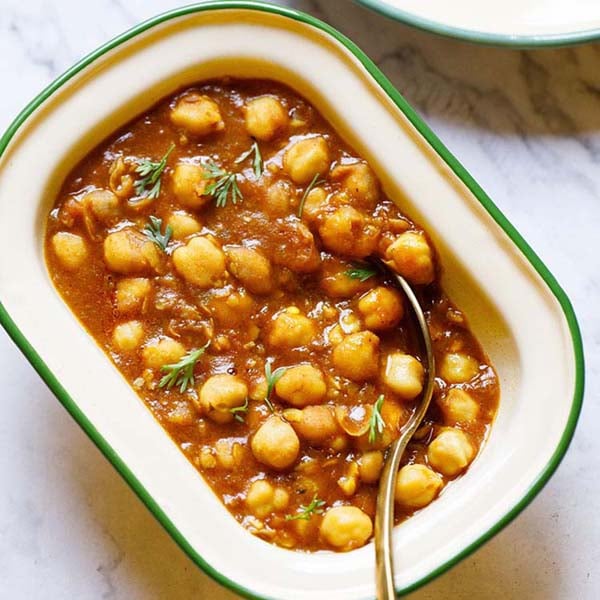

:max_bytes(150000):strip_icc()/__opt__aboutcom__coeus__resources__content_migration__serious_eats__seriouseats.com__2020__04__20200429-Lentils-Chicken-daniel-gritzer-6d0fa2a3416243f68975f4c008985bb9.jpg)
